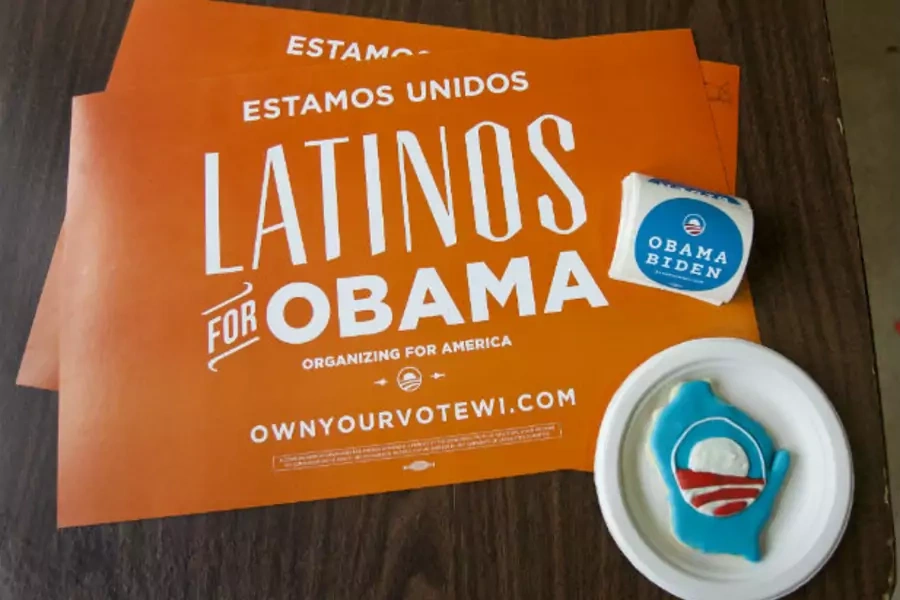Inside the 2012 Latino Electorate

More on:
During the weeks surrounding the 2012 presidential election, many analysts and observers, including myself, wrote about the Latino electorate’s arrival onto the political scene. A record breaking 11.2 million Hispanics voted and their concentration in swing states including Colorado, Nevada, and Florida, pushed Obama to victory. A new Pew Hispanic report, however, shows that this demographic still lagged its electoral potential last November. Despite the surge in absolute numbers, less than half (48 percent) of eligible Latino voters cast ballots, compared to 66.6 percent of blacks and 64.1 percent of whites.
Education appears to affect Hispanic voting rates. Over 70 percent of college-educated Latinos voted, compared to only 35.5 percent of those without a high school diploma. Age also played a role, with older Hispanics voting more than their teenager and twenty-something counterparts. And Cuban-Americans were much more likely to make it to the polls than Mexican-Americans.
But there is some positive news for those hoping Latino voters will catch up with other demographics in terms of their electoral participation. Another recent Pew Hispanic study shows that the Hispanic drop-out rate halved during the past decade, leading more to graduate from high school than in years past. Even better, it reveals that in 2011 Hispanic high school graduates continued on to college at their highest levels ever (some 69 percent), and even surpassed whites in certain categories. Hispanics are still less likely than other demographics to attend a four-year university or be in college full time. But as the number of college educated Latinos increases, it should have positive effects for not only their advancement in the U.S. workforce but also for voter participation.
More on:
 Online Store
Online Store